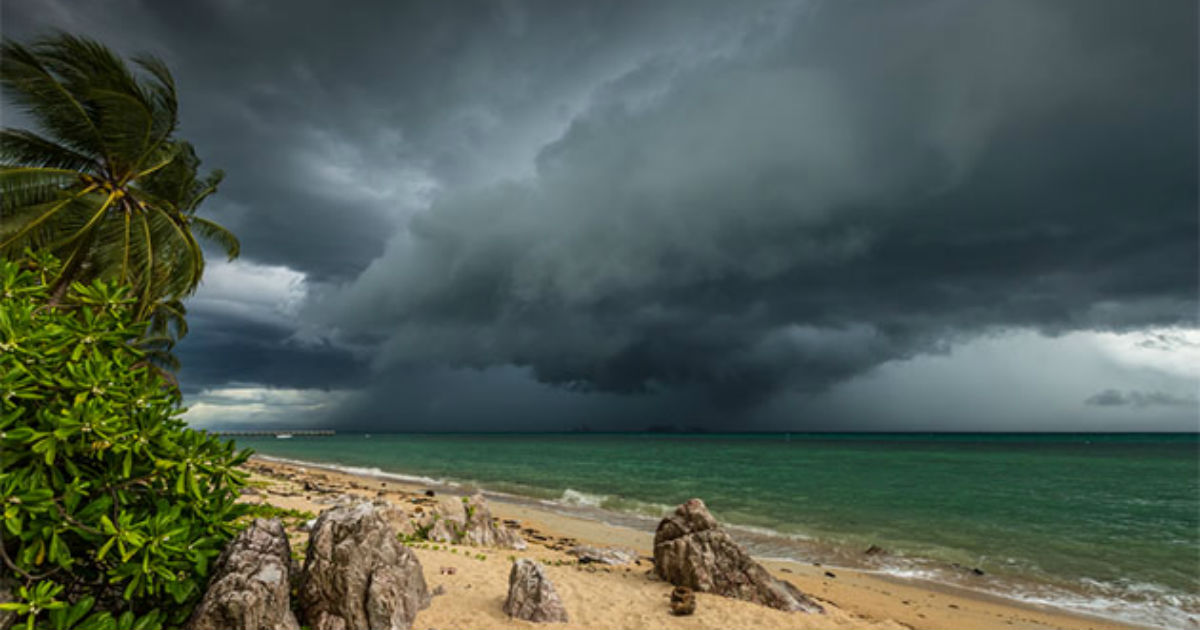
Cyclone season for the country commences in the month of April and continues until November. Although sometimes cyclone formation takes place in the month of March as well as in December. The Bay of Bengal remains more active in comparison to the Arabian Sea. But last year we saw the Arabian Sea remained equally active.
The reason for high frequency of cyclones over the Arabian Sea can be attributed to positive IOD (Indian ocean dipole). During the positive IOD phase, sea surface temperatures of the East Indian Ocean and adjoining south Arabian Sea become warm. IOD in 2019, was one of the strongest in history, which aided the formation of cyclones in the Arabian Sea.
For the formation of any cyclone, sea surface temperature known as SST should be 27 degrees or more. Now as the ITCZ is moving to North and sea surface temperatures are warming up. We expect the formation of a low-pressure area which will eventually intensify into a depression at the beginning of May over the Andaman sea. This formation is expected over southeast Bay of Bengal and adjoining south Andaman sea.
The most probable track of depression or cyclone which originates over the southeast Bay of Bengal is in West North West direction initially. As the weather system, reaches over South-Central Bay of Bengal, it usually starts moving in the North West direction toward Andhra Pradesh or Odisha coast. After reaching the east coast of the country, the depression or cyclone sometimes recurve to NNE or NE direction toward Bangladesh or Myanmar.
But it is premature to predict the formation of a cyclone. But there are bright chances of the formation of a well mark low pressure or depression over the south Andaman sea and adjoining South East Bay of Bengal in the beginning of May. We must wait and watch how things unfold. Skymet will keep a keen watch over the formation and keep updating.


